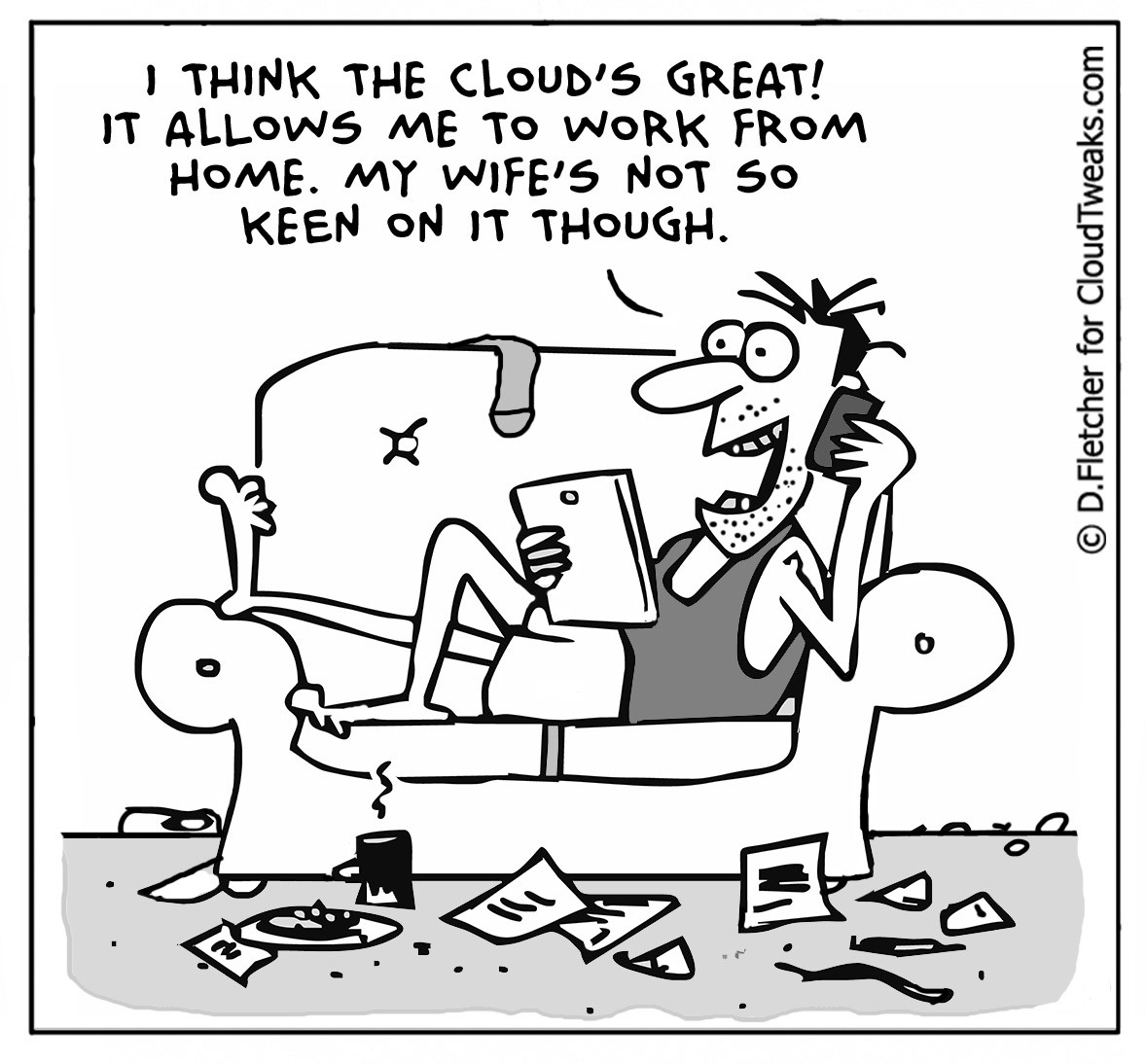
The last few years have brought significant changes, adoption and innovation to the cloud space. As 2023 begins, there’s an opportunity to consider what’s in store for the year ahead. From hybrid and remote work to changing authentication systems and managing multicloud environments, the cloud industry will continue to evolve and grow this year. Below are a few industry trends I expect will shape the future of the cloud.
Hybrid/remote work will drive cloud adoption
It’s no secret the COVID-19 pandemic caused companies to adapt to hybrid and remote work. Remote work has enabled more companies to capitalize on the economic advantages of hiring qualified candidates from anywhere in the world. As hiring has gone global, businesses need the proper tools to accommodate disparate workforces, further driving cloud adoption.

In fact, a new study from AT&T found that hybrid work is expected to grow to 81% in 2024. This data indicates that more companies are likely to permanently adopt hybrid and remote work models this year. As a result, cloud adoption will rise as businesses seek efficient, cost-effective and user-friendly tools to connect dispersed workforces.
We’ve seen collaboration environments explode as workers communicate, collaborate and share information across platforms such as Microsoft Teams and Slack. With the hybrid work model becoming the popular approach to work-life for many enterprises, workers need the flexibility and reliability of cloud-based tools to access information and easily communicate with team members, whether they are in the office or logging on from home.
Authentication systems will continue to adapt
In 2023, we will see companies continue to evolve in the wake of increased security attacks and implement new ways to authenticate users and protect information from exposure to outside sources.
Over 80% of data breaches are related to ineffective passwords and authentication methods. As we saw last year, there were a number of detrimental data breaches that impacted the business world. Lingering concerns about data security will lead to companies revisiting and adapting their authentication methods to provide added security and protection.
New methods of authentication are emerging and evolving in response to sophisticated cyber attacks. So far, we’ve seen two-factor authentication become the standard for most cloud-based accounts as it adds increased security. Token-based secure environments are also growing in popularity, decreasing the widespread reliance on usernames and passwords that can be ineffective.
Big names in tech are already starting to change how they authenticate users to mitigate risks and threats. For instance, Microsoft has turned off basic authentication to make way for modern authentication, which is a more secure protocol. Through this change, Microsoft will be able to decrease the likelihood of compromised accounts for companies that rely on its cloud-based apps and tools, such as Exchange Online.
Looking ahead, cloud providers are sure to introduce enhanced security procedures in 2023 to protect user and company data.
Multzcloud environments will be a growing challenge
Organizations that rushed their cloud transition—or those that didn’t approach adoption with a long-term plan—may now be faced with managing more than one cloud environment. According to new research, 32% of organizations use three or more public cloud service providers, up from 29% a year ago. That number is expected to grow to 56% over the next 24 months. While some enterprises may choose to use multicloud environments for strategic reasons, poorly managed multicloud instances often result in sensitive information being spread out in more places, making it more difficult to keep track of, monitor, and protect from outside sources.
Multicloud approaches are harder to manage because each environment has different monitoring tools. Without a single pane of glass to monitor everything, it becomes difficult to track important metrics such as alerts, storage usage and response times. To put it simply, individual monitoring tools in different cloud environments have largely become impractical.
In 2023, managing multicloud environments will remain problematic, causing companies to seek automation and machine-learning tools for added support. These tools enable IT professionals to monitor all aspects of an environment, giving teams more control and ease with managing complex systems.
These machine learning tools can “learn” from the cloud environment and basically configure themselves. Once implemented, they can self-monitor and alert IT teams if an issue arises. Large multicloud environments are incredibly challenging to manage effectively without machine learning, making automation-driven tools essential for organizations with more than one cloud platform.
Migration tools will be essential
At the peak of the pandemic, many companies moved from on-prem to the cloud to accommodate remote and hybrid work models. Now, 50% of IT professionals say cloud usage will be higher than initially planned. Following a surge of rapid adoption, companies need tools that enable them to move large volumes of data securely and seamlessly without overwhelming IT teams.
However, migrations have become more complex in the cloud space since it can be tricky to navigate between two different cloud providers or facilitate the transition from on-prem to the cloud. Companies need a purpose-built tool that is equipped to provide solutions for many different types of migrations within the cloud.
In 2023, organizations will likely turn to migration tools to help manage and relocate large volumes of data from one place to another. These solutions will ensure critical data is efficiently migrated without causing problems or headaches for IT professionals.
Migrations have been a huge growth market in recent years and will continue to be a trend for the foreseeable future.
2023 and beyond
The past two years have brought widespread reliance on the cloud as it becomes an essential component of the workplace. This year is expected to be another strong one for the cloud as it becomes more multifaceted. As the year goes on, we can expect to see plenty of breakthroughs, adoption and continued innovation across the industry.
Rob Reinauer


